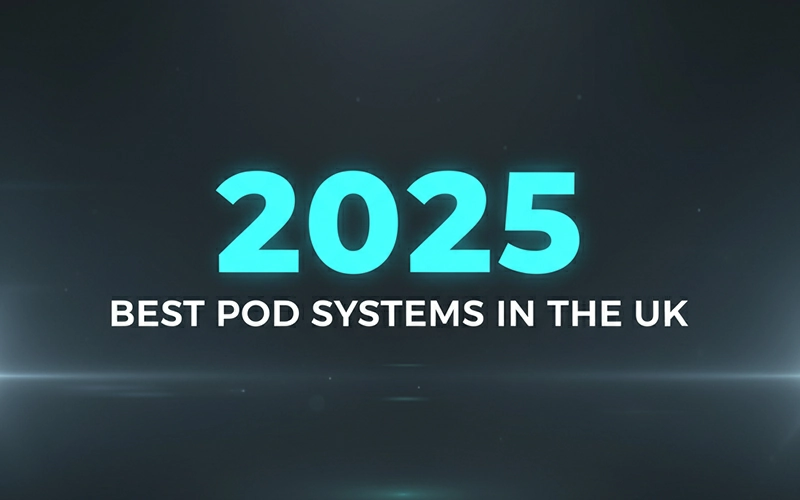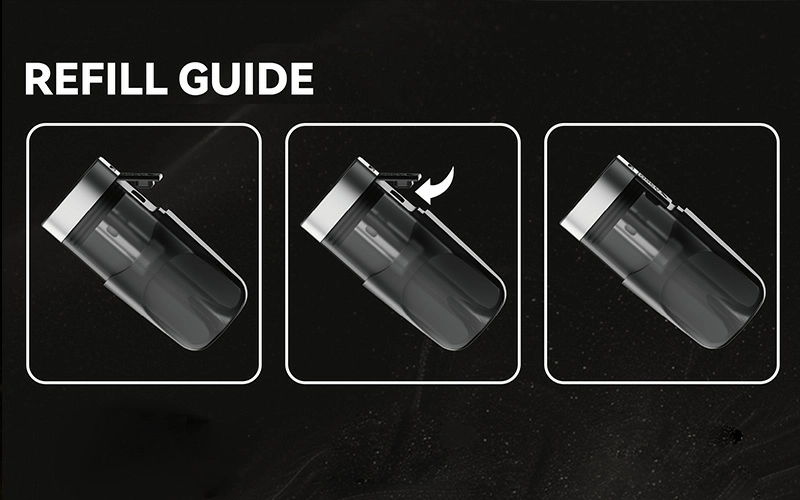Over the past year, vape regulations have seen frequent adjustments across the globe, from North America and Europe to Asia and Australia. These changes present both new growth opportunities and significant challenges for market adaptation within the vaping industry. As observers in the novel tobacco product sector, SP2S continuously monitor global developments and deeply analyze the impact of these policies on the market and consumers, particularly concerning smoking cessation product choices
European Market: Flavor Restrictions and Disposable Vape Bans Amidst Consumer Considerations
Several European countries, including Belgium, France, and Poland, have implemented disposable vape bans. Concurrently, nations like Latvia and Slovenia have restricted e-liquid flavors, permitting only tobacco and menthol options. These measures aim to reduce the appeal of vaping to minors, an objective we understand and support.
However, we also note the impact these policies have on adult consumers. Disposable vapes are popular for their convenience, and flavor diversity is a key factor in vaping’s appeal. For instance, the disposable vape ban in the UK has prompted industry concerns about consumers potentially reverting to traditional cigarettes or turning to illicit products. This highlights the ongoing need to balance public health objectives with the needs of adult consumers, a crucial point for future vape market trends.
Australia: Black Market Challenges and Compliance Solutions Under a Prescription Model
Australia’s vape regulation model remains a focal point of discussion. The country mandates that all vape products, regardless of nicotine content, can only be sold through pharmacies, with higher nicotine concentrations requiring a doctor’s prescription. From October 1, 2024, adults aged 18 and over can purchase specific nicotine strength vapes from pharmacies after consulting with a pharmacist. Furthermore, flavors are restricted to mint, menthol, or tobacco, and products must use plain packaging.
Despite these stringent measures designed to prevent youth access to e-cigarettes, Australia faces a severe black market challenge. It’s estimated that approximately AUD 1.9 billion (AUD 1 = about USD 0.65) worth of illicit tobacco products circulate annually in the country. This not only constrains the growth of the legitimate market and harms consumer interests but also results in significant tax revenue losses. Australia’s case is worth deep consideration: Can outright bans truly solve the problem effectively? Perhaps establishing a more reasonable, transparent, and controlled legal market, alongside strict regulation, would be a more effective strategy for combating the black market and safeguarding consumer rights.

Asia: Economic Factors, Youth Protection, and Scientific Regulation Convergence
Vape regulation in Asian markets exhibits diverse characteristics, where economic factors often significantly influence policy decisions. Countries like Japan and South Korea have broadly embraced heated tobacco products, which have effectively contributed to a reduction in cigarette consumption.
Indonesia, on the other hand, has adopted more stringent measures, prohibiting the sale of vapes to individuals under 21 and pregnant women, and restricting sales near schools or via unverified online platforms. Strict regulations also cover e-liquid nicotine content, packaging warning labels, and advertising. These efforts demonstrate Indonesia’s proactive approach to addressing rising youth vape use rates.
India’s comprehensive vape ban, while well-intentioned, faces enforcement challenges due to a robust illicit trade. This seems to confirm the idea that outright prohibition might not always be the most effective solution; scientific regulation and rational taxation could prove more successful.
Notably, in June 2024, the Philippines introduced stricter regulations for vape products. These mandate that all vape and heated tobacco products must undergo a certification process to obtain a Philippine Standard mark and an import commodity clearance label, ensuring products meet quality and safety standards before being sold to consumers.
The evolving novel tobacco product regulations worldwide undeniably present both challenges and opportunities for the industry. Moving forward, how to best balance consumer needs, economic development, and public health will be a shared challenge for governments and the industry alike. As an industry participant, SP2S will continue to monitor market trends to adapt to the ever-changing global vaping market landscape.
We value industry insights: How do you believe regulatory bodies worldwide can better balance public health objectives with the legitimate choices of adult consumers? Feel free to share your views in the comments section below, and let’s discuss the future trajectory of the vaping market.




0 Comments